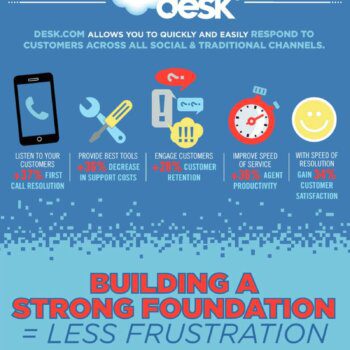All too often and contrary to what one might expect, what appear to be high-quality crowdfunding projects fail to get the backing they need in time to get funded. But entrepreneurs can help ensure success by tracking their project’s progress in real time and boosting marketing at just the right time.
“People tend to fund a project that’s liked or funded by other people,” says Jason Duan, associate professor of marketing at Texas McCombs and lead author of a new paper that examines crowdfunding success and promotion strategies. It’s the so-called network effect.
There’s also a timing effect. If a funding deadline looms and few people have contributed, other potential backers may stay away. “They think it’s not worth it,” says Duan.
“There’s no point in giving money just to have it returned a week later.” — Jason Duan
To test how potential backers behave and propose a strategy for how much entrepreneurs should promote a project to maximize its funding success, Duan and his colleagues Zhuoxin Li and Sam Ransbotham of Boston College analyzed data from a popular crowdfunding platform.
Critical Threshold
Duan and his colleagues looked at 577 crowdfunding projects launched on a popular platform in the United States from November 2013 to March 2014. The platform uses an all-or-nothing mechanism, meaning a project is successful only if the amount of money contributed by the deadline exceeds the project’s pre-set funding goal.
Projects spanned industries, including technology, small business, music, and gaming. The study authors tracked projects from launch to either reaching the funding goal or having the deadline pass without funding.
The researchers observed daily funding status, the daily number of unique visitors to a page and backers who contributed, and the total amount of funding per project each day. They supplemented figures from the crowdfunding platform with data from Facebook and Twitter, including each project’s daily social media activities.
Only 23% of the projects successfully raised the amount they set out to before the funding deadline, with the median funding target $8,700. The most ambitious project set a target at $10 million. More than 25% of projects drew fewer than two backers, while the most successful project drew more than 3,000 backers. The average funding period was 40 days.
Authors found that when projects reached a critical funding threshold two-thirds of the way through the funding period — meaning more funders contributed early on — additional backers were more likely to believe the project would be funded, and they stepped in, even as the funding deadline loomed.
Promote Early
Successful projects saw greater initial backing rates than failed ones, and their progress toward their funding goal was steady. For unsuccessful projects, the backing rate dropped sharply soon after projects failed to attract a critical threshold.
At that point, “even if someone wants to back a project, they won’t, because they don’t think you’ll reach the target,” Duan says.
“The closer you are to the deadline, if you’re far below the threshold, you need to market a lot a more. Or maybe it’s just too late.” — Jason Duan
Entrepreneurs should make informed decisions to help promote funding for their project rather than take a “build it and they will come” approach, the authors say. They found promotion during the first half of a funding period is more effective than later promotion because it boosts backers’ expectations for the project. Once this critical threshold is achieved, the project will receive more contributions during the second half of a funding period, even though the entrepreneur has stopped promoting the project.
“For each project, entrepreneurs may be able to calculate a threshold,” Duan says. “If over time, the trajectory falls below that threshold, you need to market to promote your project.”
Projects with less than 10% of their set goal funded two weeks into the funding period require interventions, the authors say. Small shocks early in a funding process — like technology glitches or even negative economic news — can also threaten to derail even a high-quality project, says Duan. But still, all is not lost.
“Manage your project as early as possible,” he says. “Track its trajectory and monitor it constantly. If it doesn’t take off, market and promote it. If you manage a project well in the beginning, it does tend to take off, and then the network effect comes into play.” Backers will start to pile on.
So, have a series of Facebook and Twitter posts ready to go just in case your project, for whatever reason, doesn’t pique enough backers’ interest right away.
“Coordination and Dynamic Promotion Strategies in Crowdfunding with Network Externalities” is published in Production and Operations Management.
About the Author
This submitted article was written by Deborah Lynn Blumberg of Texas Mcombs, a business blog that shares the business and public policy knowledge created at The University of Texas with the world. see more.





























